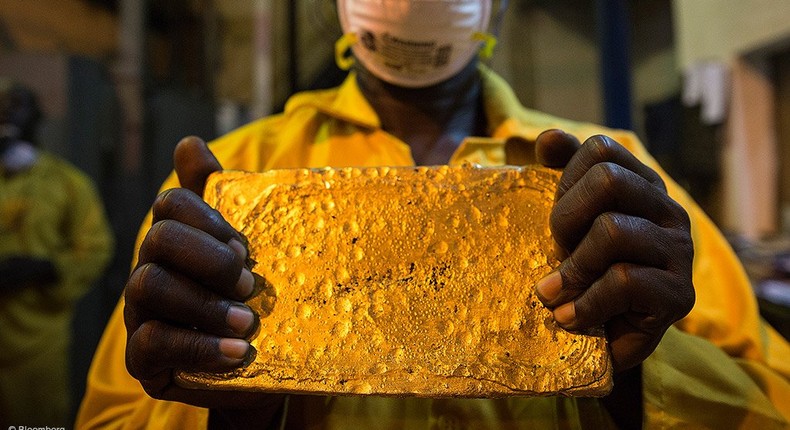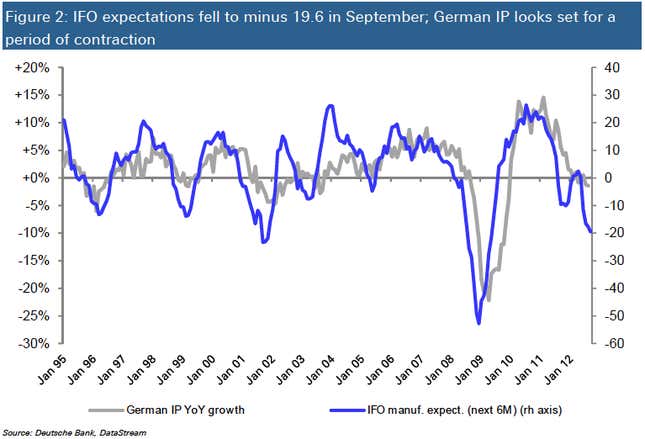Climate Whiplash: A Growing Threat To Global Urban Environments

Table of Contents
Increased Frequency of Extreme Weather Events and Their Urban Consequences
The link between climate change and the intensification of extreme weather events is undeniable. Rising global temperatures, driven by greenhouse gas emissions, fuel more frequent and severe heatwaves, floods, droughts, and storms. Urban areas, with their unique characteristics, face amplified vulnerabilities. Aging infrastructure, often designed for past climate conditions, struggles to cope with these new extremes. Dense populations concentrate the impact of disasters, while limited green spaces exacerbate the heat island effect, trapping heat and increasing temperatures in urban centers.
Cities around the globe are already experiencing the harsh reality of climate whiplash. London, for instance, has suffered from increasingly severe flooding, while California's wildfires are often followed by periods of intense drought, highlighting the unpredictable nature of climate whiplash. The consequences are profound:
- Increased risk of flooding in low-lying urban areas: Overwhelmed drainage systems and rising sea levels contribute to widespread flooding, causing significant damage to property and infrastructure.
- Damage to critical infrastructure (power grids, transportation systems): Extreme weather events can disrupt essential services, leaving cities vulnerable to power outages, transportation shutdowns, and communication failures.
- Disruptions to essential services (water supply, healthcare): Damage to water treatment plants and hospitals can have devastating consequences for public health and well-being.
- Heat island effect exacerbating heatwaves: Urban areas experience higher temperatures than surrounding rural areas due to the heat-absorbing properties of concrete and asphalt, leading to heat-related illnesses and mortality.
- Increased risk of water scarcity and food insecurity: Prolonged droughts can strain water supplies and impact agricultural production, leading to shortages and price increases.
Economic and Social Impacts of Climate Whiplash on Cities
The economic burden of climate whiplash is substantial. Repairing damaged infrastructure, rebuilding homes and businesses, and providing disaster relief represent massive financial costs for cities and governments. Beyond the economic toll, climate whiplash has significant social consequences. Extreme weather events can lead to displacement, loss of livelihoods, and increased social inequality. Vulnerable populations, including the elderly, low-income communities, and marginalized groups, often bear the brunt of these impacts.
The effects extend to businesses and the wider economy:
- Increased insurance premiums and financial losses for businesses: Businesses face higher insurance costs and potential losses due to damage from extreme weather events.
- Job losses and economic instability: Disruptions to businesses and industries can lead to widespread job losses and economic instability.
- Health problems associated with extreme heat and air pollution: Heatwaves and poor air quality worsen pre-existing health conditions and increase the risk of respiratory illnesses.
- Increased social inequality and displacement of vulnerable populations: Climate whiplash exacerbates existing inequalities, disproportionately affecting vulnerable populations who may lack the resources to recover.
- Strain on emergency services and disaster relief: Frequent extreme weather events place immense pressure on emergency services and disaster relief organizations.
Building Climate-Resilient Urban Environments: Adaptation and Mitigation Strategies
Addressing the threat of climate whiplash requires a multifaceted approach involving both adaptation and mitigation strategies. Adaptation focuses on preparing for and managing the unavoidable impacts of climate change, while mitigation aims to reduce greenhouse gas emissions to limit the extent of future warming. Urban planning and design play a crucial role in adapting to climate whiplash. The integration of nature-based solutions, such as green infrastructure and urban forestry, is essential for enhancing urban resilience.
Key strategies include:
- Investing in resilient infrastructure (flood defenses, heat-resistant materials): Building infrastructure capable of withstanding extreme weather events is crucial for minimizing damage and ensuring continued functionality.
- Implementing early warning systems for extreme weather events: Providing timely warnings can help communities prepare for and respond to impending disasters.
- Improving urban green spaces and promoting green infrastructure: Green spaces help reduce the heat island effect, manage stormwater runoff, and improve air quality.
- Developing sustainable water management strategies: Efficient water management systems are essential for ensuring water security during periods of drought.
- Enhancing community preparedness and resilience: Educating and empowering communities to prepare for and respond to extreme weather events is critical for building resilience.
- Transitioning to renewable energy sources: Reducing reliance on fossil fuels is essential for mitigating climate change and reducing greenhouse gas emissions.
- Implementing stricter building codes and regulations: Enforcing stricter building codes can ensure that new buildings are designed to withstand extreme weather events.
Conclusion: Addressing the Growing Threat of Climate Whiplash in Urban Areas
Climate whiplash poses a significant and growing threat to global urban environments, impacting infrastructure, economies, and the well-being of millions. The consequences are far-reaching and demand urgent action. Implementing adaptation and mitigation strategies is no longer optional; it is essential for building climate-resilient cities and ensuring a sustainable future. Governments, businesses, and individuals all have a vital role to play in this effort. From investing in resilient infrastructure and promoting sustainable urban development to reducing our carbon footprint and advocating for stronger climate action, we must work collectively to combat this growing threat. Learn more about climate whiplash and how you can participate in initiatives promoting urban climate resilience. The future of our cities depends on our collective commitment to building a more sustainable and resilient world. Let's act now to create truly climate-resilient cities.

Featured Posts
-
 Bethlehem Mayor And Council Candidates Face Scrutiny In New Mailers
May 28, 2025
Bethlehem Mayor And Council Candidates Face Scrutiny In New Mailers
May 28, 2025 -
 Trump Putin Rift Deepens Potential For New Russia Sanctions
May 28, 2025
Trump Putin Rift Deepens Potential For New Russia Sanctions
May 28, 2025 -
 Weak Economy Weighs On European Auto Sales
May 28, 2025
Weak Economy Weighs On European Auto Sales
May 28, 2025 -
 Ues Anderson I Ego Noviy Film Pervye Podrobnosti
May 28, 2025
Ues Anderson I Ego Noviy Film Pervye Podrobnosti
May 28, 2025 -
 Amas 2025 Jennifer Lopez Set To Host The Ceremony
May 28, 2025
Amas 2025 Jennifer Lopez Set To Host The Ceremony
May 28, 2025
